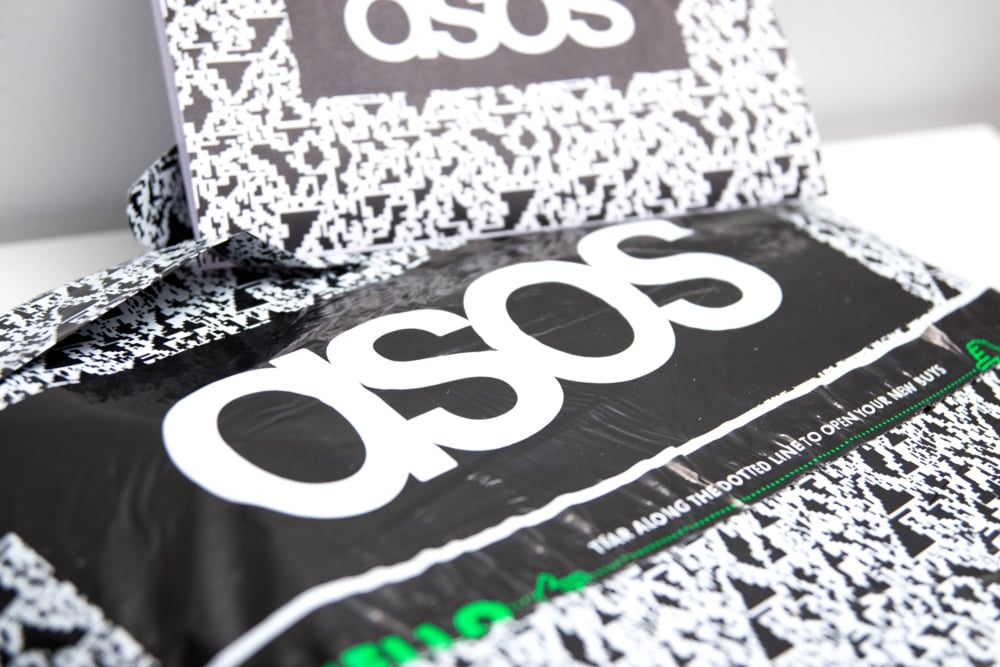ASOS has reported a drop in profits in its interim results and revealed that expected supply chain constraints impacted newness and stock availability in the first half.
It said that in the first half of the year, supply chain disruption played out as expected with capacity constraints across both sea and air freight causing delays and inflating costs. Demand meanwhile was impacted by increased COVID-19 caseloads and sporadic lockdowns, particularly in Europe.
However, the company said it has successfully launched its fourth fulfilment centre to increase stockholding and optimise availability with the scale-up of the facility progressing more quickly than anticipated. It added incremental capacity during peak and performed ahead of original capacity expectations.
ASOS says that it has made strong operational progress in the first half of the year and approaches the second half with a much-improved stock position along with increased newness and optimised stock availability. Returns rates have increased, however it said they’ve not exceeded pre-pandemic levels as sales mix returns to a more traditional balance of product demand.
The company said it had faced significant inflationary pressures, particularly thanks to the increased cost of warehouse labour, freight and delivery costs.
In the US ASOS delivered revenue growth of 11% CCY to £252.7m despite a backdrop of supply chain constraints and port congestion which impacted ASOS’ ability to effectively stock its fulfilment centre in Atlanta and resulted in low stock availability in high demand categories.
In November ASOS launched its Partner Fulfils pilot with adidas and Reebok in the UK. The initial roll out focused on offering additional availability of the existing ASOS range where product had sold out in ASOS’ own fulfilment centres. By the end of February, Partner Fulfils accounted for c.8% of adidas and c.7% of Reebok gross sales in the UK on ASOS.com. This has since been expanded to include additional styles that are not currently stocked in ASOS’ fulfilment centres, adding width to ASOS’ existing range and providing increased choice to customers. This is expected to expand to c.500 new styles in the UK by the end of the financial year. ASOS is also on track to launch Partner Fulfils in select countries within Europe by the end of FY22 in partnership with adidas and Reebok. By the end of FY22, ASOS also expects to have onboarded additional brands to its Partner Fulfils programme.
The retailer said that distribution costs have increased by 30bps year-on-year due to the continued normalisation of the returns rate, with the impact partly offset by successful contract negotiations with carriers in key markets and carrier mix, as the company re-allocated volume to less expensive suppliers.
Warehousing costs have also increased due to high rates of labour rate inflation, which ASOS has met to maintain recruitment levels. The company said that warehouse costs have also been impacted by the launch of Lichfield as a manual facility which has had a further drag on profitability.
This is because units previously despatched from Barnsley, which is highly automated, have been fulfilled from Lichfield instead at a lower efficiency and consequently a higher cost per unit. ASOS said this is a short-term cost drag, expected to reverse once automation is completed in the second half of FY23.
Across the more established sites, ASOS said that it continues to drive improvements in efficiency – particularly in Eurohub – whilst the closure of the returns site at Swiebodzin and reallocation of volume to the other returns sites in Europe, has improved efficiency and reduced fixed costs within the EU returns network.










